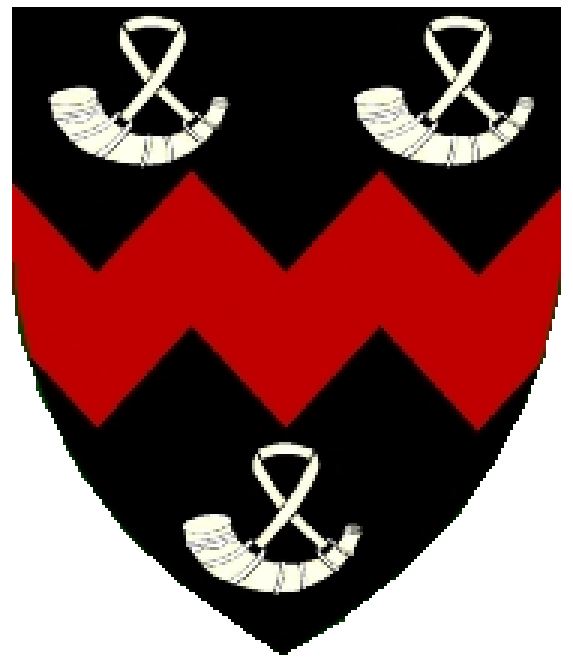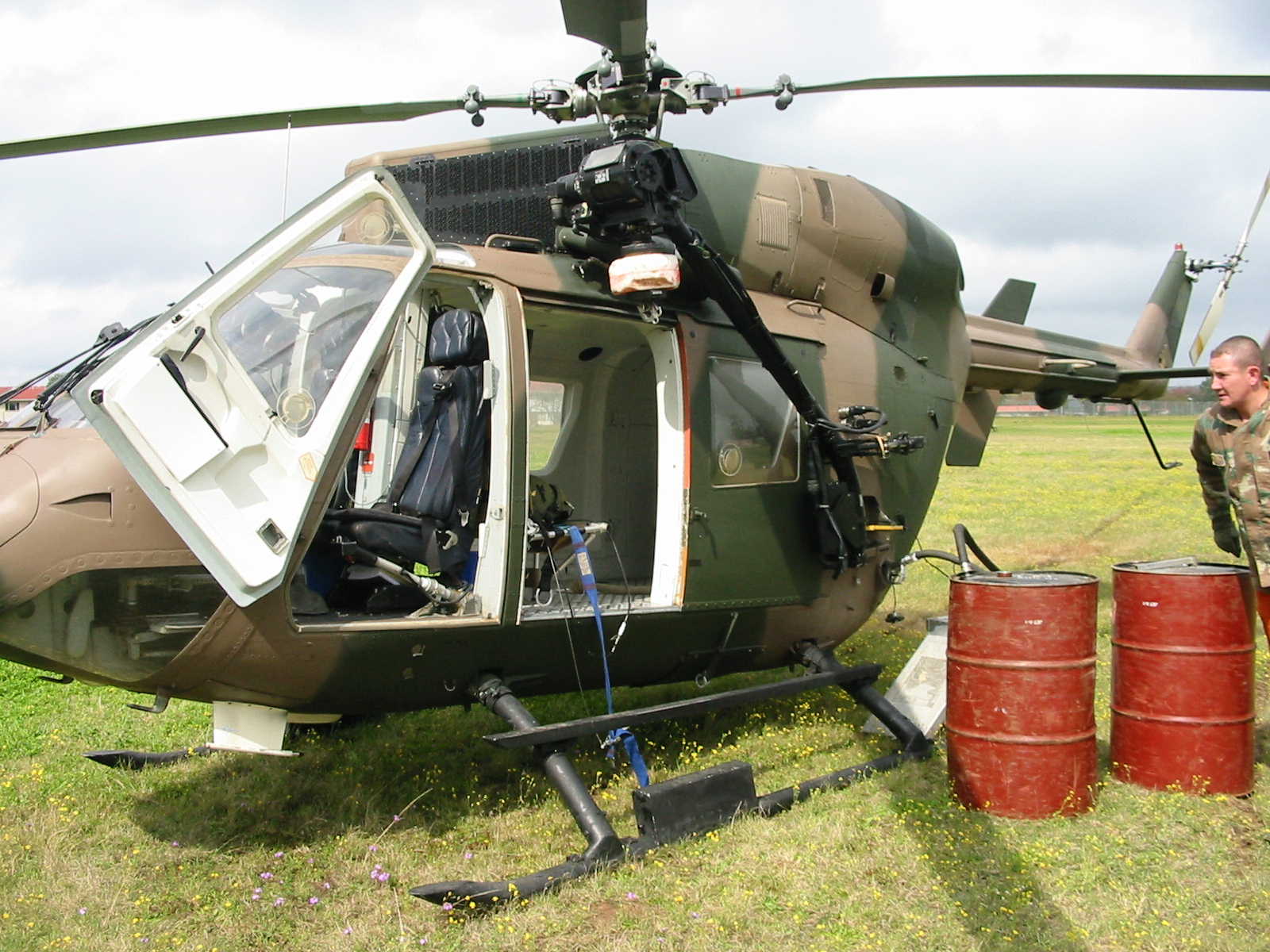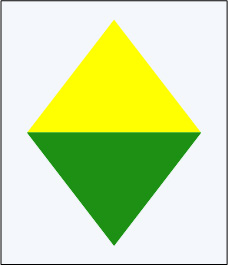|
General Dan Pienaar Artillery Regiment
The General Dan Pienaar Artillery Regiment (formerly the Vrystaatse Artillerie Regiment) is a reserve artillery regiment of the South African Army. History Origin The First Regiment In 1854 the Free-State became an independent Republic. The British forces withdrew, leaving behind four 9-pounder garrison guns in the Queen's Fort in Bloemfontein. This was for many years the only ordnance the Free State Republic had. The Free State Artillery Corps was subsequently founded in 1864 on a request by President Johannes Henricus Brand and housed in Queen's Fort. =Anglo Boer War= By the outbreak of the Anglo-Boer War, the corps was commanded by Major Richard Friedrich Wilhelm Albrecht. The unit (in 1898 some 160 men, 24 cannons of various calibers) served on the Western front, Natal front and into the Guerrilla phase of the War. The unit played a major role in every major battle of the war where Free State forces fought. The Second Regiment In 1922, 3 Permanent Battery was formed. This u ... [...More Info...] [...Related Items...] OR: [Wikipedia] [Google] [Baidu] |
SANDF 6 Field Artillery Free State Emblem
The South African National Defence Force (SANDF) comprises the armed forces of South Africa. The commander of the SANDF is appointed by the President of South Africa from one of the armed services. They are in turn accountable to the Minister of Defence and Military Veterans of the Defence Department. The military as it exists today was created in 1994, following South Africa's first nonracial election in April of that year and the adoption of a new constitution. It replaced the South African Defence Force and also integrated uMkhonto we Sizwe (MK), and the Azanian People's Liberation Army (APLA) guerilla forces. History Integration process In 1994, the SANDF took over the personnel and equipment from the SADF and integrated forces from the former Bantustan homelands forces, as well as personnel from the former guerrilla forces of some of the political parties involved in South Africa, such as the African National Congress's Umkhonto we Sizwe, the Pan Africanist Congress's ... [...More Info...] [...Related Items...] OR: [Wikipedia] [Google] [Baidu] |
South African Army Artillery Formation
The South African Army Artillery Formation is the controlling entity of all South African Army artillery units. It draws much of its history from the South African Artillery, established in 1934 but with roots that reach back to 1921. The formation consists of both regular and reserve units. There is a separate South African Army Air Defence Artillery Formation that directs army anti-aircraft warfare units. History Origins The South African Permanent Force, created in 1913 as the Permanent Force and re-designated with effect from 23 February 1923, included the South African Field Artillery (SAFA), and the South African Permanent Garrison Artillery (SAPGA). The SAPGA had begun operations some time before, when the coastal defences of the Cape Peninsula (manned by the Cape Garrison Artillery) had been handed over to South Africa in December 1921. In Proclamation No. 246 of 1934, the Governor General of the Union of South Africa merged the two organisations with effect from 1 Septe ... [...More Info...] [...Related Items...] OR: [Wikipedia] [Google] [Baidu] |
Kroonstad
Kroonstad (Afrikaans directly translated "Crown City") is the third largest city in the Free State (after Bloemfontein and Welkom) and lies two hours' drive on the N1 from Gauteng. Maokeng is an area within Kroonstad, and is occasionally used as a synonym of the town itself. It is the second-largest commercial and urban centre in the Northern Free State (after Welkom), and an important railway junction on the main line from Cape Town to Johannesburg. ''Maokeng'' is Sesotho and means "place of the thorn trees (mimosa trees)". History Kroonstad was established in 1855 by the Irish pioneer Joseph Orpen, and was the first founded after the independence of the Orange Free State. While ' means "crown", this was in fact the name of a horse that had drowned in the nearby ford. A lover of animals, Orpen had witnessed the incident, and named the infant settlement in honour of the unfortunate creature. Similarly, the ford in question came to be known as ''Kroondrift''. During the Seco ... [...More Info...] [...Related Items...] OR: [Wikipedia] [Google] [Baidu] |
SANDF Artillery Battery Emblems
The South African National Defence Force (SANDF) comprises the armed forces of South Africa. The commander of the SANDF is appointed by the President of South Africa from one of the armed services. They are in turn accountable to the Minister of Defence and Military Veterans of the Defence Department. The military as it exists today was created in 1994, following South Africa's first nonracial election in April of that year and the adoption of a new constitution. It replaced the South African Defence Force and also integrated uMkhonto we Sizwe (MK), and the Azanian People's Liberation Army (APLA) guerilla forces. History Integration process In 1994, the SANDF took over the personnel and equipment from the SADF and integrated forces from the former Bantustan homelands forces, as well as personnel from the former guerrilla forces of some of the political parties involved in South Africa, such as the African National Congress's Umkhonto we Sizwe, the Pan Africanist Congress's ... [...More Info...] [...Related Items...] OR: [Wikipedia] [Google] [Baidu] |
SANDF Artillery Beret Bar
The South African National Defence Force (SANDF) comprises the armed forces of South Africa. The commander of the SANDF is appointed by the President of South Africa from one of the armed services. They are in turn accountable to the Minister of Defence and Military Veterans of the Defence Department. The military as it exists today was created in 1994, following South Africa's first nonracial election in April of that year and the adoption of a new constitution. It replaced the South African Defence Force and also integrated uMkhonto we Sizwe (MK), and the Azanian People's Liberation Army (APLA) guerilla forces. History Integration process In 1994, the SANDF took over the personnel and equipment from the SADF and integrated forces from the former Bantustan homelands forces, as well as personnel from the former guerrilla forces of some of the political parties involved in South Africa, such as the African National Congress's Umkhonto we Sizwe, the Pan Africanist Congress's ... [...More Info...] [...Related Items...] OR: [Wikipedia] [Google] [Baidu] |
Artillery
Artillery is a class of heavy military ranged weapons that launch munitions far beyond the range and power of infantry firearms. Early artillery development focused on the ability to breach defensive walls and fortifications during sieges, and led to heavy, fairly immobile siege engines. As technology improved, lighter, more mobile field artillery cannons developed for battlefield use. This development continues today; modern self-propelled artillery vehicles are highly mobile weapons of great versatility generally providing the largest share of an army's total firepower. Originally, the word "artillery" referred to any group of soldiers primarily armed with some form of manufactured weapon or armor. Since the introduction of gunpowder and cannon, "artillery" has largely meant cannons, and in contemporary usage, usually refers to shell-firing guns, howitzers, and mortars (collectively called ''barrel artillery'', ''cannon artillery'', ''gun artillery'', or - a layman t ... [...More Info...] [...Related Items...] OR: [Wikipedia] [Google] [Baidu] |
Regiment
A regiment is a military unit. Its role and size varies markedly, depending on the country, service and/or a specialisation. In Medieval Europe, the term "regiment" denoted any large body of front-line soldiers, recruited or conscripted in one geographical area, by a leader who was often also the feudal lord ''in capite'' of the soldiers. Lesser barons of knightly rank could be expected to muster or hire a company or battalion from their manorial estate. By the end of the 17th century, infantry regiments in most European armies were permanent units, with approximately 800 men and commanded by a colonel. Definitions During the modern era, the word "regiment" – much like "corps" – may have two somewhat divergent meanings, which refer to two distinct roles: # a front-line military formation; or # an administrative or ceremonial unit. In many armies, the first role has been assumed by independent battalions, battlegroups, task forces, brigades and other, similarly s ... [...More Info...] [...Related Items...] OR: [Wikipedia] [Google] [Baidu] |
South African Army
The South African Army is the principal land warfare force of South Africa, a part of the South African National Defence Force (SANDF), along with the South African Air Force, South African Navy and South African Military Health Service. The Army is commanded by the Chief of the Army, who is subordinate to the Chief of the SANDF. Formed in 1912, as the Union Defence Force in the Union of South Africa, through the amalgamation of the South African colonial forces following the unification of South Africa. It evolved within the tradition of frontier warfare fought by Boer Commando (militia) forces, reinforced by the Afrikaners' historical distrust of large standing armies. Following the ascension to power of the National Party, the Army's long-standing Commonwealth ties were afterwards cut. The South African Army was fundamentally changed by the end of Apartheid and its preceding upheavals, as the South African Defence Force became the SANDF. This process also led to ... [...More Info...] [...Related Items...] OR: [Wikipedia] [Google] [Baidu] |
Johannes Henricus Brand
Sir Johannes Henricus Brand, (popularly known as Sir Jan Brand and sometimes as Sir John Henry Brand or Jan Henrick Brand; 6 December 1823 – 14 July 1888) was a South African lawyer and politician who served as the fourth state president of the Orange Free State, from 2 February 1864 until his death in 1888. He was the son of Sir Christoffel Joseph Brand (1797–1875), speaker of the Cape legislative assembly, and Catharina Fredrica Küchler. Johannes Brand married in 1851 to Johanna Sibella Zastron, a daughter of the Registrar of Deeds in Cape Town. The couple had 8 sons and 3 daughters. Life history Johannes Brand was born in Cape Town, and was educated at the South African College in that city. Continuing his studies at Leiden in the Netherlands, he took the degree of D.C.L. in 1845. He continued his law studies in Britain and was called to the English bar at the Inner Temple in 1849. After his return to South Africa, Brand settled in Cape Town, where he practis ... [...More Info...] [...Related Items...] OR: [Wikipedia] [Google] [Baidu] |
Dan Pienaar
Major General Daniel Hermanus Pienaar (27 August 1893 – 19 December 1942) was a South African World War II military commander. Early life and career He was born in Ladybrand, Orange Free State and in his youth grew up in Natal. His family members had fought against the British during the Second Boer War. Pienaar joined the artillery branch of the Natal Police (NP) in 1911, and transferred to the Union Defence Forces (UDF) when they took over the NP in 1913. In World War I, he first served as an artilleryman in the South West Africa campaign, then with the South African Overseas Expeditionary Force in German East Africa in the South African Field Artillery Brigade and was mentioned several times in dispatches and then later in Palestine from 1917 until 1918 finishing the war with the rank of subaltern in the British Army. Between the wars He returned to the South Africa and back into the Union Defence Force ranks at the end of the war. He was commissioned and sent to Engl ... [...More Info...] [...Related Items...] OR: [Wikipedia] [Google] [Baidu] |
1st Infantry Division (South Africa)
The 1st South African Infantry Division was an infantry division of the army of the Union of South Africa. During World War II the division served in East Africa from 1940 to 1941 and in the Western Desert Campaign from 1941 to 1942. The division was disbanded on 1 January 1943, for conversion into what would become the 6th South African Armoured Division. The division was also briefly active after the war from 1 July 1948 to 1 November 1949.South African Defence Review via http://www.rhodesia.nl/sadfhist.htm Outbreak of war When Neville Chamberlain declared war on 3 September 1939, the Union Defence Force consisted of 5,385 Permanent Force members, 14,631 Citizen Force members and 122,000 Commandos of which only 39,000 were considered suited for field deployment. The Defence Act also prohibited the deployment of its members beyond the confines of southern Africa. On 4 September, General Hertzog resigned and was replaced by General Smuts and two days later, on 6 Septemb ... [...More Info...] [...Related Items...] OR: [Wikipedia] [Google] [Baidu] |
Second Battle Of El Alamein
The Second Battle of El Alamein (23 October – 11 November 1942) was a battle of the Second World War that took place near the Egyptian Railway station, railway halt of El Alamein. The First Battle of El Alamein and the Battle of Alam el Halfa had prevented the Axis powers, Axis from advancing further into Egypt. In August 1942, General (United Kingdom), General Claude Auchinleck had been relieved as Commander-in-Chief Middle East Command and his successor, Lieutenant-General William Gott was killed on his way to replace him as commander of the Eighth Army (United Kingdom), Eighth Army. Lieutenant-general (United Kingdom), Lieutenant-General Bernard Montgomery was appointed and led the Eighth Army offensive. The British victory was the beginning of the end of the Western Desert Campaign, eliminating the Axis threat to Egypt, the Suez Canal and the Middle Eastern and Persian oil fields. The battle revived the morale of the Allies, being the first big success against the Axis sin ... [...More Info...] [...Related Items...] OR: [Wikipedia] [Google] [Baidu] |







